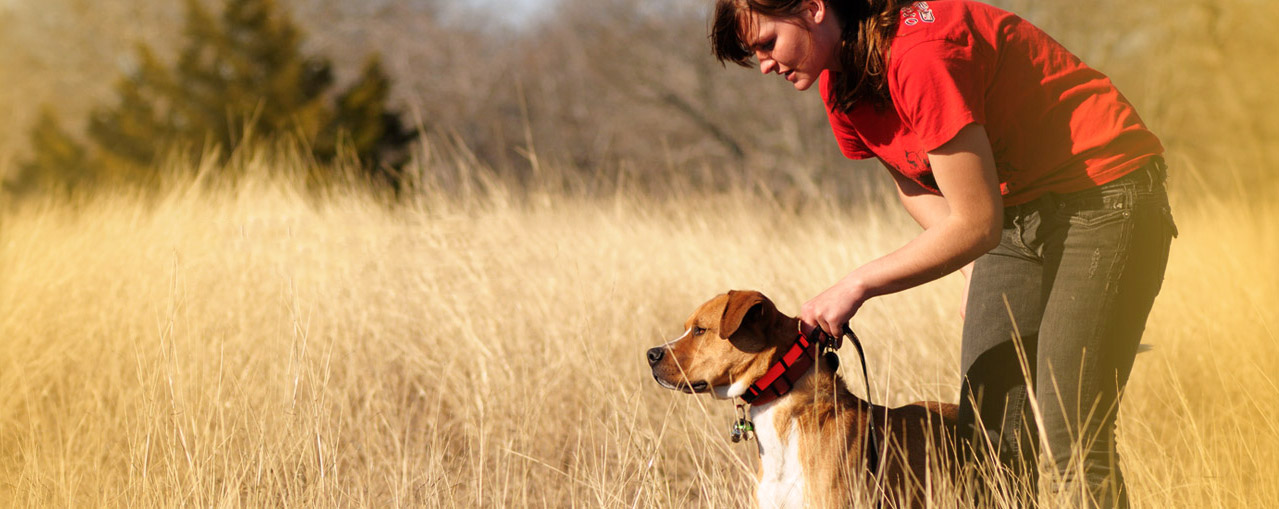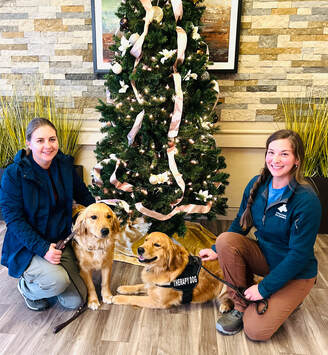Common Behavioral Issues and Their Solutions in Dog Training
Common Behavioral Issues and Their Solutions in Dog Training
Blog Article
Vital Tips for Effective Dog Training: An Overview for Family Pet Owners
Effective dog training is a complex process that requires a tactical approach customized to both the family pet's temperament and the proprietor's purposes. Recognizing exactly how to navigate these challenges can significantly boost the training experience, eventually changing the connection between owner and dog.
Comprehending Dog Actions
Recognizing dog behavior is necessary for efficient training and fostering a harmonious partnership between pooches and their proprietors. dog training. Pets connect largely with body language, articulations, and activities, making it critical for owners to analyze these signals precisely.

Socializing plays a significant role in canine actions; direct exposure to numerous atmospheres, individuals, and other animals can substantially affect a pet's personality. Factors such as breed qualities and private character should direct training techniques, as some breeds may have specific behavioral traits that require tailored methods. By understanding these elements, proprietors can develop an encouraging setting that motivates positive behavior, leading to successful training end results and a much deeper bond with their animals.
Establishing Constant Commands
Reliable interaction with your pet dog starts with establishing consistent commands. This fundamental aspect of training is crucial for promoting understanding in between you and your family pet. Uniformity in the commands you use ensures that your canine can dependably link specific words or expressions with the desired habits.
When selecting commands, pick clear, distinct words that are very easy to differentiate and state from each other. Avoid making use of similar-sounding commands that might confuse your pet. As an example, using "sit" and "remain" is appropriate, but "rest" and "struck" might result in misconceptions.
Additionally, maintain the same tone and quantity for each command. Pets are delicate to vocal signs, so varying your tone can develop complication.
It is equally important to make certain that all family members get on the very same web page regarding the commands made use of. A united front in command use will certainly stop combined signals and reinforce the knowing procedure.
Favorable Reinforcement Methods
The power of positive reinforcement in canine training depends on its capability to motivate desired behaviors through benefits and appreciation. This strategy is based in the concept that habits complied with by desirable outcomes are much more likely to be repeated. By including positive support right into your training regimen, you can efficiently shape your pet dog's actions in a constructive fashion.
To carry out positive support, it's important to recognize what motivates your dog, whether it be treats, playthings, or spoken appreciation. When your pet performs a desired action, such as remaining on command, quickly compensate them with a reward or affection. This organization between the command and the positive end result reinforces their understanding.
It's important to timing the benefits correctly; supplying the support within seconds of the desired habits aids your canine make the link (dog training). In addition, consistency is key-- guarantee that all household members make use of the very same commands and incentive systems to prevent complication

Gradually, you can lower the frequency of treats as your dog learns the habits, transitioning to praise or intermittent benefits. This method not just cultivates a strong bond between you and your pet but additionally advertises a positive learning setting, making training a pleasurable experience for both.
Socialization and Interaction
Regularly exposing your pet Your Domain Name dog to a range of environments, people, and various other animals is important for their social development. Socialization should start early, preferably during the you can find out more important home window of 3 to 14 weeks, when puppies are most receptive to brand-new experiences. Older dogs can additionally benefit from recurring socializing initiatives.
Present your pet to different setups, such as parks, pet-friendly stores, and city areas. This direct exposure aids them adapt to different stimuli, decreasing stress and anxiety and worry feedbacks. Motivate favorable interactions with various other canines and people, making certain that these encounters are regulated and safe to promote confidence.
Use organized playdates with genteel pet dogs, as this can boost your pet dog's social abilities and instruct them ideal habits. Obedience classes and training sessions likewise supply exceptional chances for socialization, enabling your dog to engage with others in a supervised atmosphere.
Monitor your dog's body language throughout interactions, as this will certainly help you assess their comfort level. Progressively boost direct exposure to more tough circumstances while ensuring that each experience is favorable. A well-socialized pet is more probable to exhibit well balanced actions, making them a pleasure to have in any type of setup.
Addressing Typical Training Obstacles
Every pet dog proprietor will certainly encounter training difficulties at some time, no matter their pet dog's age or socializing level. Recognizing usual issues such as stubbornness, diversions, and fearfulness can assist in establishing reliable strategies for enhancement.

Progressively present disturbances as the pet ends up being a lot more skilled in commands. Short, regular training sessions are likewise effective in maintaining focus.
Terror can prevent a pet dog's understanding procedure. Progressive desensitization to the source of anxiety, coupled with favorable support, can assist reduce stress and anxiety. Patience is crucial; never ever require a canine right into a circumstance that triggers distress, as this might worsen the issue.
Ultimately, understanding and attending to these typical challenges with an organized method will cultivate an extra efficient training experience, why not try here strengthening the bond in between pet dog and owner while advertising effective learning.
Final Thought
In summary, effective canine training depends on a detailed understanding of canine behavior, the facility of consistent commands, and the application of favorable reinforcement strategies. Socialization plays a crucial role in creating well-adjusted family pets, while addressing typical training challenges needs patience and flexibility. By executing these crucial methods, pet owners can cultivate a strong bond with their pets and promote preferable behaviors, eventually bring about a harmonious partnership between people and their canine friends.
Understanding dog behavior is vital for effective training and promoting an unified partnership between dogs and their proprietors.Socialization plays a considerable function in pet behavior; exposure to different settings, people, and other animals can dramatically impact a canine's character.The power of positive reinforcement in canine training lies in its capability to urge wanted habits via benefits and praise. By incorporating positive support right into your training program, you can successfully form your pet dog's actions in a constructive way.
In recap, effective pet training counts on a comprehensive understanding of canine behavior, the facility of consistent commands, and the application of positive reinforcement techniques.
Report this page